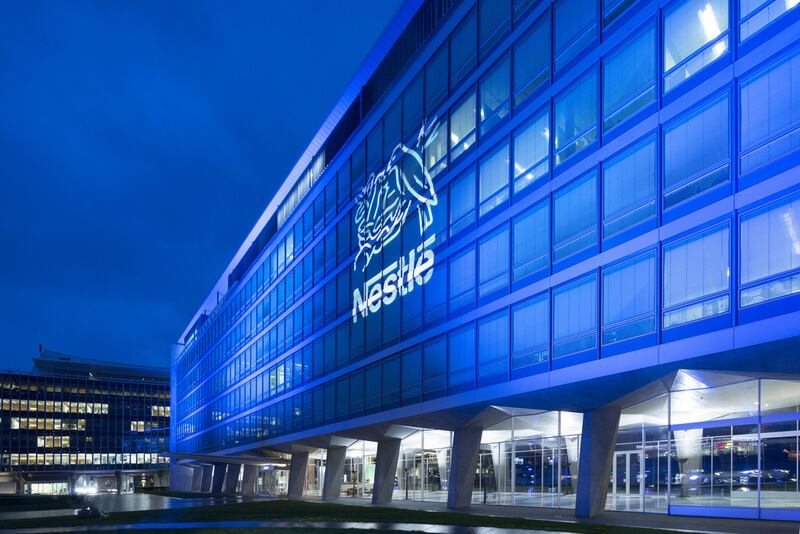The Swiss-based food giant also published its ‘Creating Shared Value and Sustainability Report’ and the company explained how it is supporting ‘the just transition towards climate-friendly and nature-positive food systems’.
Nestle claimed it is delivering on its climate roadmap and reports that it has passed peak carbon levels. For the last two consecutive years, Nestlé said it has reduced its absolute greenhouse gas emissions, even while its business volume has grown significantly.
Specifically, it has achieved a reduction of 4.0 million tonnes of CO2 equivalents, by switching to renewable electricity, or encouraging the use of natural fertilizers in farming. And it has initiated removals of 9.7 million tonnes of CO2 equivalents through nature-based solutions within its value chain.
It said innovation is driving forward products with reduced environmental impact and several new plant-based, lower-carbon food and beverage products were launched in 2021.
The new Les Recettes de l’Atelier Incoa, a 100% cocoa fruit chocolate is one example of sustainable production, by using a proprietary innovation to create dark chocolate made entirely from cocoa fruit, reducing waste by using cocoa pulp as a natural sweetener.
KitKat V
The successful launch of KitKat V, the vegan version of the iconic KitKat bar, offers the same perfect balance between crispy wafer and smooth chocolate for consumers that are seeking out plant-based alternatives in their diets.
KitKat V was developed at the original home of KitKat: Nestlé’s Confectionery Research and Development Centre in York, UK.
By combining Nestlé’s expertise in chocolate innovation and non-dairy alternatives, its scientists managed to perfectly blend the smooth chocolate with a rice-based alternative, resulting in the certified vegan KitKat V.
The new plant-based bar is made from 100% certified or verified cocoa sourced through the Nestlé Cocoa Plan, in partnership with the Rainforest Alliance, for better farming, better lives and better cocoa.
KitKat V was launched in 2021 on shelves in Australia, Brazil, several EU countries, New Zealand and the United Kingdom, with other countries to follow in 2022.
"We used our expertise in ingredients together with a test-and-learn approach to create a delicious vegan alternative," said Louise Barrett Head of Nestlé Confectionery Product Technology Centre United Kingdom.
The Nestlé Cocoa Plan Nestlé is also investing in cocoa communities such as Didoko, Côte d’Ivoire, to help children access good quality education, the company said.
Respecting human rights
The company said: “At Nestlé, we are determined to respect and promote human rights in our value chains. Farmer livelihoods and resilient farming communities will be essential for a just transition to regenerative food systems that can provide quality, affordable food for the long term.”
Supply chain
The company grew its e-commerce sales by another 15.1%, increasing e-commerce’s share of total Group sales to 14.3% in 2021.
Nestlé said it further deployed its connected operations technology last year, with more than 100 sites now benefitting from a more connected workforce, better visibility across the entire production process and local flexibility.
In a year that saw supply chain constraints, Nestlé claimed it was able to identify changes in demand and supply in real-time and deal with issues much faster.



